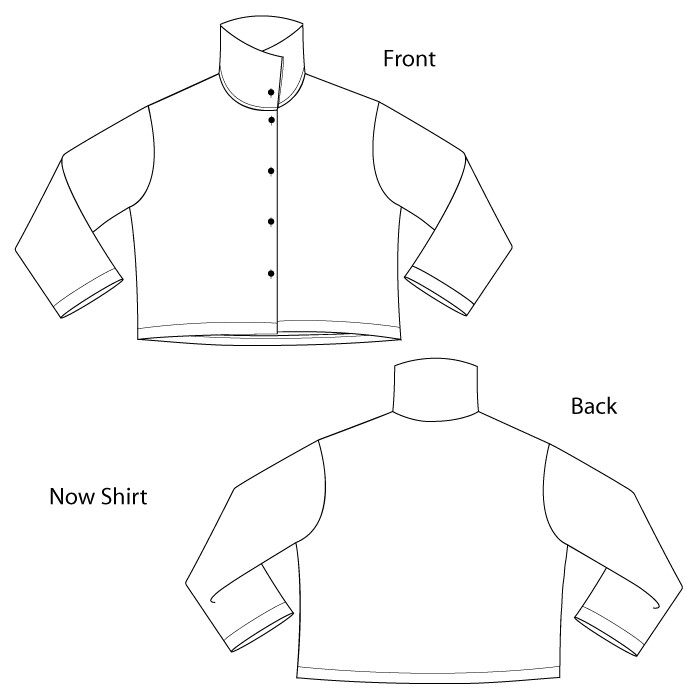The Now and Zen shirt pattern from the Sewing Workshop is definitely a TnT, or tried and true, pattern. There is almost no fit to it in either view. The Now is shorter and has a *rolled* collar that encloses the raw edges. The Zen is longer, has a center back pleat, as well as a double collar.
While I've made both the Now and the Zen exactly as provided in the pattern, I have more often incorporated aspects of each into a top.
In this latest make, I used larger of the two collars for the Zen, as well as the center back pleat. But I made it shorter, as I find that is easier to use in layering. I also narrowed the sleeves a bit, and finished them with a bias binding.
The fabric is silk noil, some that I dyed (and overdyed) as part of my wonderful class with Jane Dunnewold, Dye Mastery: From White to Wow. I dyed several lengths of the silk noil, using basically the same approach with each.
I have learned that dyeing more than a yard is really challenging with this low-water immersion approach to dyeing. In this case, I had a yard, a half yard, and a quarter yard. I only needed the first two pieces, but I kind-of wish I had somehow incorporated the quarter yard.
The pieces I used tend too much toward yellow, not my best color, especially this warmer yellow. For my next project, I think I'll decide in advance what to make and then rough-cut each piece before dyeing. It will be easier to handle but it does mean the results will have some variety. I think that's OK.
I enjoyed sewing this piece. It is easy to handle in all aspects of sewing. I especially enjoyed the hand-sewing part. I used the running stitch to finish the sleeve hems, the front and back hems, as well as the button bands, and the collar.
Definitely a zen project. And it wears beautifully - very cozy - even if it does make me look a little jaundiced.




















